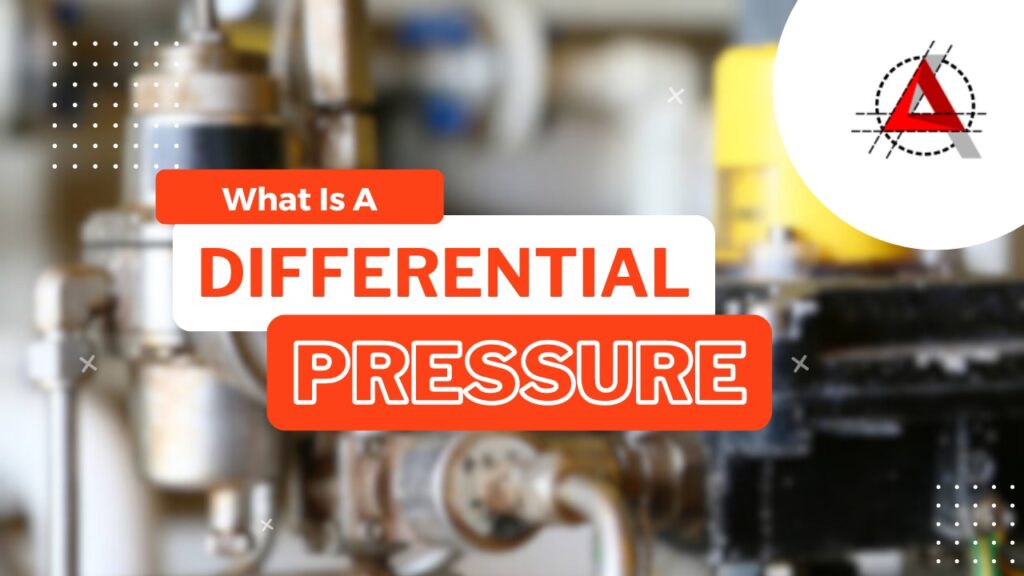What is Differential Pressure?

Keeping a cleanroom free from contamination is crucial, and one of the key factors to monitor is differential pressure. But what exactly is differential pressure, and why does it matter so much for maintaining cleanroom standards? In this blog, we’ll break down what differential pressure is, why it’s important, and how it plays a vital role in cleanroom operations.
What is Differential Pressure?
Differential pressure is the difference in pressure between two points in a system. In a cleanroom, it refers to the variation in air pressure between the cleanroom and the surrounding areas. We use differential pressure sensors to measure this difference, which is usually expressed in units like Pascals (Pa) or inches of water column (in. w.c.).
Why is Differential Pressure Important in Cleanrooms?
- Contamination Prevention: The main goal of maintaining differential pressure in a cleanroom is to minimize contamination. Cleanrooms have specific cleanliness standards, measured by the number of particles in the air. A higher differential pressure helps ensure that air flows from cleaner to less clean areas, preventing contaminants from entering the cleanroom.
- Airflow Orientation: Proper airflow is crucial for maintaining cleanliness. Positive differential pressure (where the cleanroom air pressure is higher than the outside pressure) helps push potential contaminants out when doors open or barriers have gaps, ensuring contaminants don’t enter the cleanroom.
- Regulatory Compliance: Various standards and guidelines, such as USP <797> and ISO 14644-1, specify the required differential pressure levels for cleanrooms. Adhering to these guidelines is vital for compliance, especially in industries like biotechnology, electronics, and pharmaceuticals, where contamination could compromise product safety and quality.
- Safety for Goods and Personnel: Differential pressure is also important for safety, particularly in pharmaceutical cleanrooms. Negative pressure rooms, which handle hazardous materials, keep their pressure lower than the surrounding areas to contain contamination and protect workers.
How is Differential Pressure Measured?
We use digital or analog differential pressure sensors, manometers, or Magnehelic gauges to measure differential pressure. These sensors are typically installed across walls, doors, or windows to continuously monitor the pressure difference between adjacent spaces.
Maintaining Differential Pressure
Maintaining the correct differential pressure involves a few key systems:
- Air Handling Systems: HVAC units, airlocks, and HEPA filters help control airflow and pressure differentials.
- Airlocks and Pass-Through Chambers: These are used to minimize pressure changes when personnel and materials move in and out of the cleanroom.
Differential Pressure Guidelines for Different Cleanroom Classes
Different ISO cleanroom classes have specific differential pressure requirements:
- ISO Class 5 (Class 100): Typically maintains a minimum differential pressure of 10-15 Pascals (0.04-0.06 in. w.c.) relative to adjacent less clean areas.
- ISO Class 7 (Class 10,000): Generally requires a minimum differential pressure of around 5 Pascals (0.02 in. w.c.).
- Negative Pressure Rooms: Used for handling dangerous materials, these rooms maintain a lower pressure than the surrounding air to contain hazardous substances.
Challenges in Managing Differential Pressure
Maintaining consistent differential pressure can be challenging:
- Pressure Fluctuations: External factors like door openings, equipment activity, and weather changes can affect pressure stability.
- System Failures: Problems with HVAC systems, filters, or sensors can lead to inaccurate pressure readings, potentially compromising the cleanroom environment.
- Frequent Inspection and Maintenance: Regular checks and maintenance are necessary to ensure that all systems are functioning correctly, which can be resource-intensive.
Conclusion
Differential pressure is a fundamental aspect of cleanroom operation, impacting everything from product quality and regulatory compliance to contamination control and personnel safety. Understanding and managing the right differential pressure levels is essential for maintaining a sterile and controlled environment. As technology advances and regulations become more stringent, effective differential pressure management will continue to be a top priority for cleanroom operators.
Ready to take control of your cleanroom environment? Contact us today to find out how our advanced solutions can help you maintain optimal differential pressure and meet the highest standards for your controlled environments. Reach out to us for more details!
GET IN TOUCH
Complete the form below to get in touch with our team.
